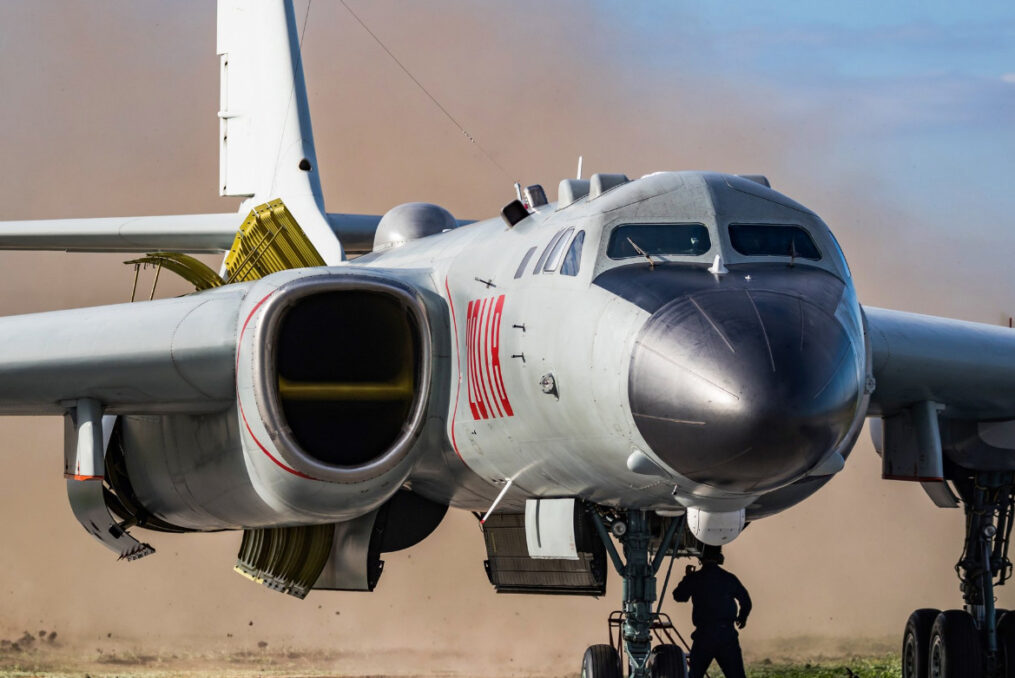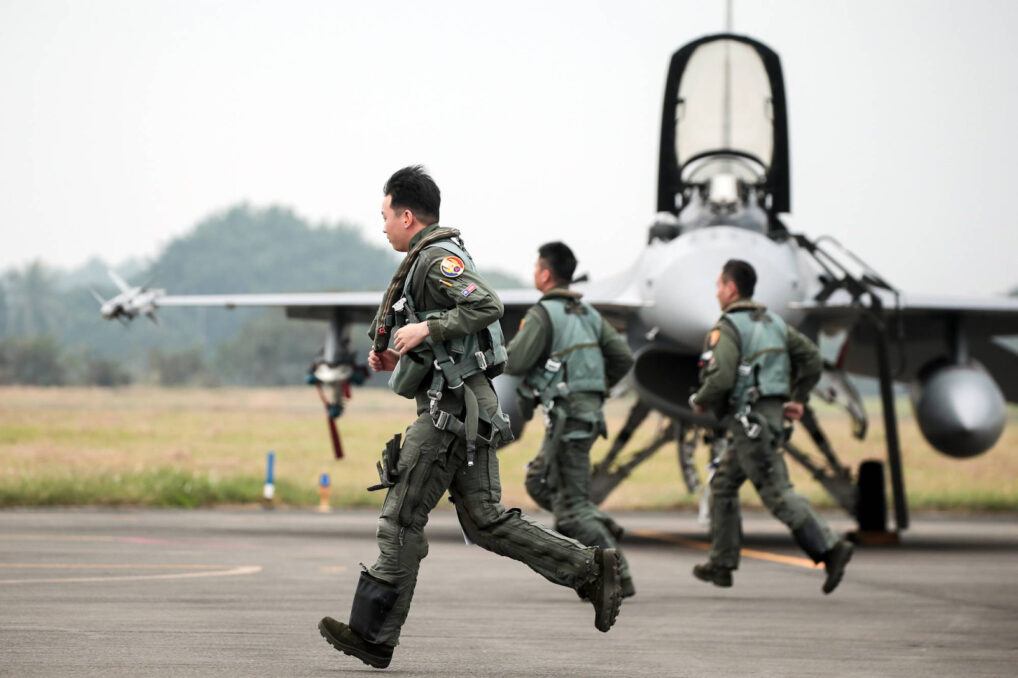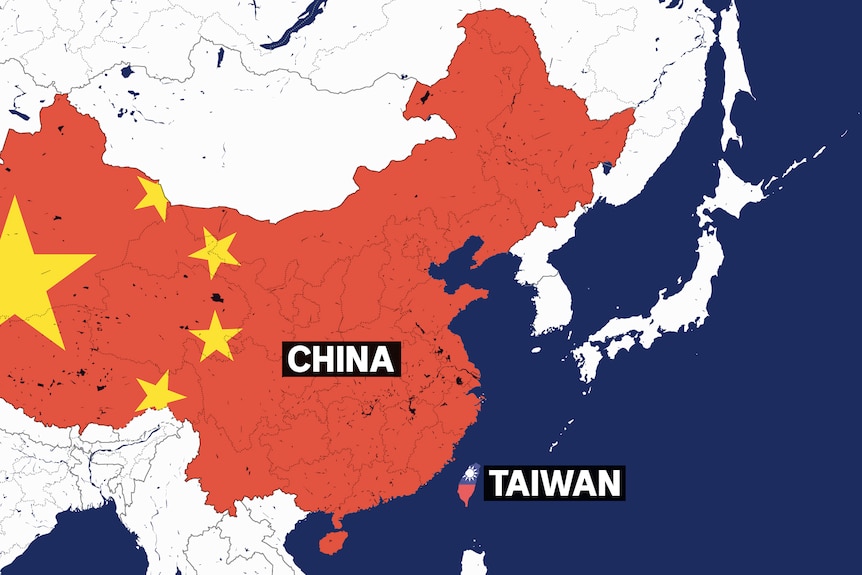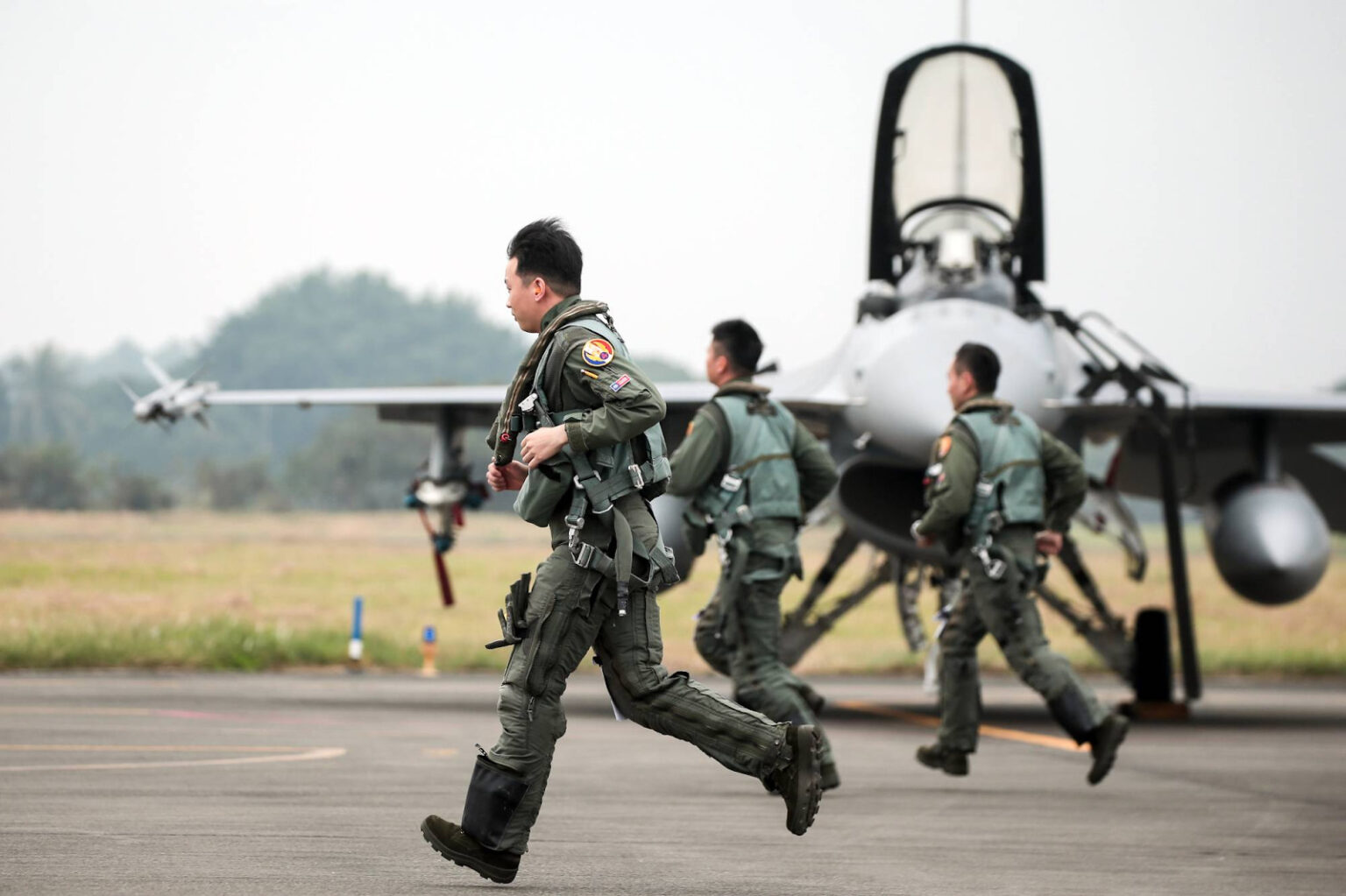Nuclear Capable aircraft, Defense Systems Scrambled
After receiving reports of 37 Chinese military aircraft coming into the island’s air defence zone and some of them continuing into the western Pacific in Beijing’s most recent large-scale air incursion, Taiwan activated its defence systems on Thursday.

Table of Contents
Nuclear Capable Aircrafts
Over the past three years, China, which regards democratically-governed Taiwan as somewhat of a renegade province, ie, a province that has treacherously declared autonomy, has routinely used its air force over the skies nearby the island, but not in Taiwan’s sovereign airspace.
According to Taiwan’s defence ministry, starting around 5 a.m. (2100 GMT) on Wednesday, it began to notice 37 Chinese air force aircraft flying into the southwest corner of its air defence identification zone, or ADIZ. These aircraft included nuclear-capable H-6 bombers and J-11 and J-16 fighters.

Taiwan surveils and patrols a larger area known as the ADIZ to give its military more time to react to threats.
Some of the Chinese planes took out from Taiwan’s southeast and travelled across the western Pacific, according to a statement from the ministry, to conduct “air surveillance and long-distance navigation training.”
Taiwan Defense Systems Scrambled
Using formal wording, Taipei released a statement saying that it had dispatched part of its air force and naval systems to monitor the activity of the incursion. Its land-based missile systems were also alerted. There was no response from Beijing.
The incursion follows joint-military flights of China and Russia over the Sea of Japan and the East China Sea, which raised concerns about Japan’s national security, China and Russia finished the second part of their joint air patrols over the Western Pacific on Wednesday.

The unofficial liaison between Washington and Taipei is managed by Laura Rosenberger, chair of the American Institute in Taiwan, who is currently in Taiwan.
She stated to Taiwanese media on Monday that the United States will keep arming the island, a point of ongoing contention in Sino-U.S. relations, and that the United States has a long-standing interest in maintaining stability in the Taiwan Strait.
Following Taiwan President Tsai Ing-wen’s visit to the United States in April, China held military exercises near Taiwan.
Analysis of the China-Taiwan Conflict
The Taiwanese government denies China’s claims to sovereignty and asserts that only the island’s residents have the power to determine its future.
The People’s Republic of China (PRC) and Taiwan are involved in a protracted and complicated conflict that centres on Taiwan’s political status. While Taiwan insists that it is an independent and sovereign state, China views Taiwan as an important part of its territory and seeks eventual reunification.
The Chinese Civil War, which saw the Communist Party triumph over the Nationalist Party in 1949, is where this problem’s historical roots may be found. In Taiwan, the vanquished Nationalists established a new government that kept claiming control over the island. In the meantime, the Communist Party established itself as the legal authority of all of China while gaining control of the mainland.

Taiwan has evolved into a thriving democracy with its government, constitution, and armed forces over time. It has achieved attention on a global scale and emerged as a major economic and technological force in the area. China has aggressively worked to diplomatically isolate Taiwan by persuading other nations to break up diplomatic relations with the island, but it has never renounced using force to annex Taiwan.
In the Asia-Pacific area, the Taiwan Strait continues to be a potential hotspot for violence. Chinese military activity has risen close to Taiwan, including military drills and fighter jet flights inside Taiwan’s air defence identification zone. A longtime ally of Taiwan, the United States, has reaffirmed its dedication to Taiwan’s security and strengthened its assistance, notably through arms sales and military cooperation.













